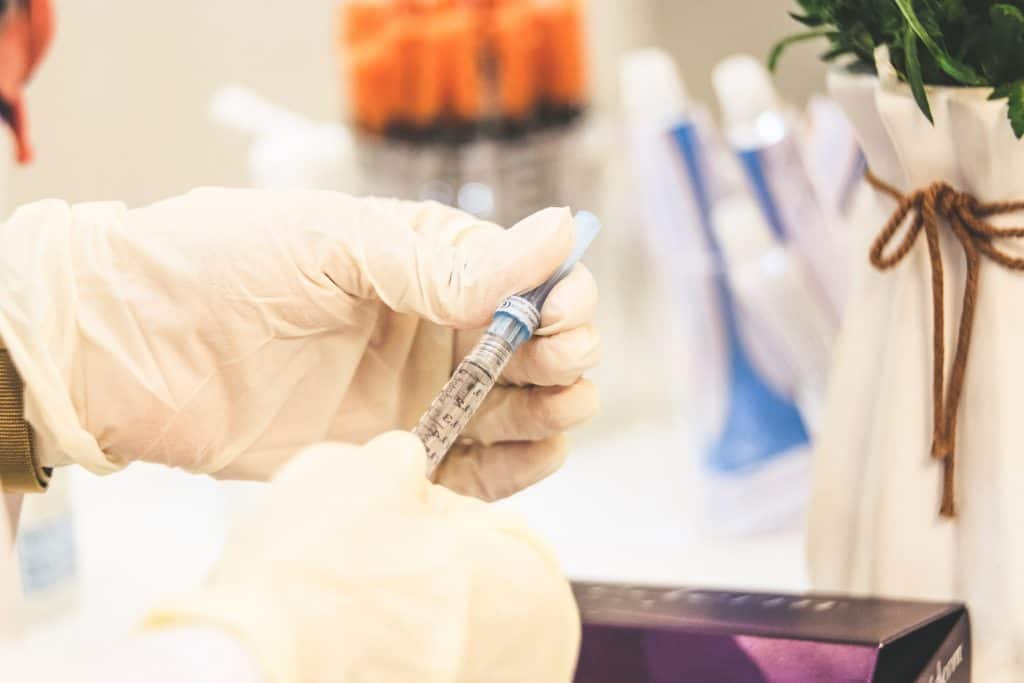Latest reports reveal that over two lakh people have been vaccinated in Mumbai, but the city’s major population, citizens from its many bastis, are conspicuously absent from vaccination centres.
Consider Cheetah Camp in Mumbai’s M-East ward: conversations with multiple residents in Maharashtra Nagar, Cheeta Camp, Shivaji Nagar and other parts show that awareness about COVID-19 vaccination is minimal.
“There is absolutely no discussion about vaccination in Cheeta Camp,” Nawab Khan, a resident, says. Nawab is part of a community-based organisation formed under Brihanmumbai Municipal Corporation’s Dattak Vasti Yojana or slum adoption scheme. His work is field-based, involving collection of garbage, cleaning sewers, and ensuring that the settlement is clean. “I talk to people on a daily basis,” he says. “There is no awareness about why to get vaccinated or how to get vaccinated.”
Wazir Khan, a social worker with My Cheeta Camp Foundation, agrees. “Vaccination is not on anyone’s mind here. People don’t know how to get registered to get vaccinated or that they can directly visit the government hospital.” Unlike a few other wards in Mumbai, there is only one government hospital offering vaccines in M-East: Shatapdi hospital, Sunita Choure, Project in-charge, Health and Disability, Apnalaya Foundation, says.
But lack of awareness is not the only barrier to vaccination in M-East ward or other bastis in Mumbai. “No one is scared of COVID-19,” Mohammad Afhaq, another Dattak Vasti worker says. “Not too many people are infected in this area and people don’t feel the need to get vaccinated,” he says.
Both Nawab and Wazir reinforce that a lack of fear against COVID-19 is a major reason for vaccination hesitancy, but that Brihanmumbai Municipal Corporation (BMC) is not conducting camps or awareness sessions, according to them, is adding to the problem.
In December 2020, a BMC survey of slums around Cuffe Parade showed that 33% respondents were against vaccination. Resultant media reports also show that the time taken in vaccination and loss of wages is a prime reason for reluctance among the urban poor.
Read more: COVID19 broke the backs of Mumbai’s informal sector workers. What does 2021 hold in store?
Few in line for vaccination
BMC launched the COVID-19 vaccination drive on January 16 in Mumbai.
Healthcare workers started receiving vaccines in the first phase. By the end of January, BMC had vaccinated 39,690 healthcare workers at its 12 vaccination centres. The number crossed one lakh by mid-February and included frontline workers. This was the phase two of vaccination.
On 2nd March, BMC started the third phase of vaccination for senior citizens and those above 45 years of age who have co-morbidities. Apart from civic-run hospitals, BMC also added private hospitals to those administering the COVID-19 vaccine.
Till March 16, 3,03,724 elderly and 41,500 citizens suffering from various diseases above 45 years have taken the first dose of vaccine. This is not counted in the official number because they are yet to receive the second dose. But vaccination centres are reporting a class divide among those opting to get vaccinated: most beneficiaries are from middle-class or wealthier neighbourhoods.
BMC has been conscious of this disparity because it plans to offer free transport to the vaccination centre as well as set up help booths, but most people in the settlements of Cheeta camp and around haven’t heard of these initiatives. The initiatives are also especially gathering steam as Mumbai is speculated to witness another massive wave of COVID-19 cases. On 17th March, Mumbai reported 2,377 positive cases, the highest count in 2021.
Read more: COVID-19 mitigation measures have led to the neglect of one of Mumbai’s top killers

Increasing Awareness
BMC Medical Officer Devendra Holkar disagrees that people from bastis are not showing up for vaccination. “We have appointed Community Health Volunteers (CHVs) to go door-to-door and create awareness. COVID-19 war rooms (that are fielding phone calls) are also helping direct people to vaccination centres. Besides people can also register themselves on-the-spot at government hospitals.”
But a worker at a Maharashtra Nagar health post told Citizen Matters that there are no CHVs working at their health post, only ASHA workers. Neither was the health post worker aware of any awareness sessions. Nawab, a Cheeta camp resident says, “No CHVs have conducted door-to-door awareness sessions in Cheeta camp.”
There are about 4,000 CHVs in Mumbai. They have been at the frontline of COVID-19 fight since March 2020. But their work is restricted due to lack of safety equipment, poor pay, and simply the sheer density and size of the city. One such CHV in Mumbai’s M-East ward in Seema Nimble.
She reports to the health post in Mankhurd at 9.30 am and from 11 am to around 2.30, she is on field in the Indira Nagar area of Mankhurd to create awareness about immunisation against COVID-19. “Most people are unwilling to get vaccinated,” she says. “I tell them that it’s safe, that I have been vaccinated, but it does not always work.” Many people, she says, tell her that there haven’t been many cases in the slum. “We are not infected, they say, then why should we get vaccinated?”
Seema does not usually have the time to educate people about the need for vaccination. She provides information on who is eligible for vaccination and which government hospital they can visit. Persuasion, she says, is a tall task. “BMC should bring the vaccine to them, set up camps in public spaces and schools. That will convince people to get vaccinated.”
Both Seema and Sunita, from NGO Apnalaya, remember how BMC set up vaccination camps for rubella, a contagious viral infection. “Our experience with the rubella vaccination shows that when people are educated about the need for vaccination as well as its after-effects like a mild fever, they are more likely to cooperate,” Sunita says.
Also read: